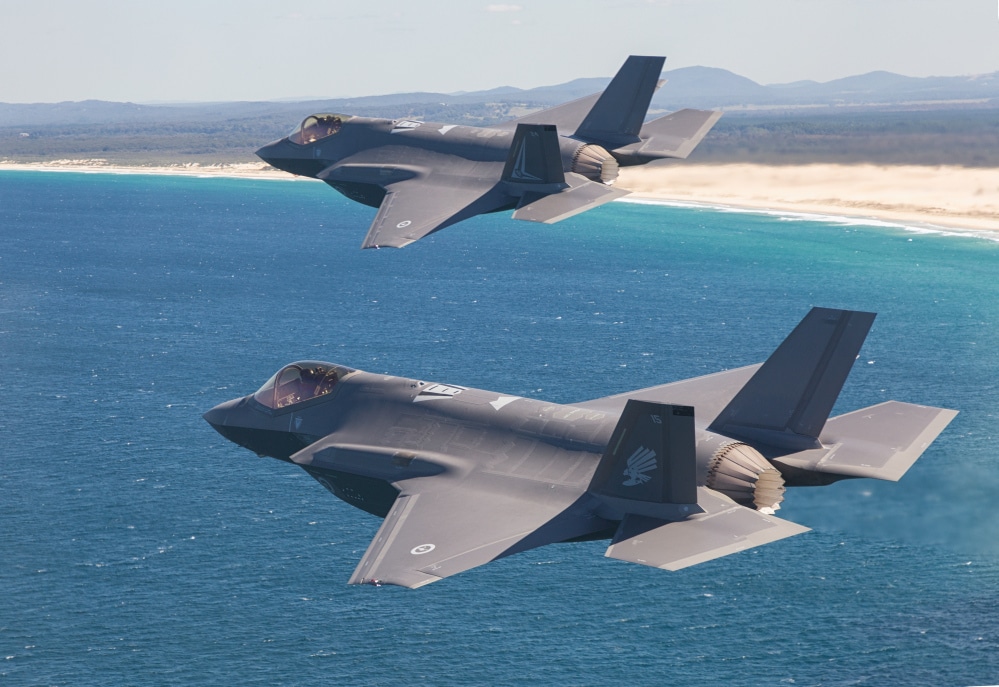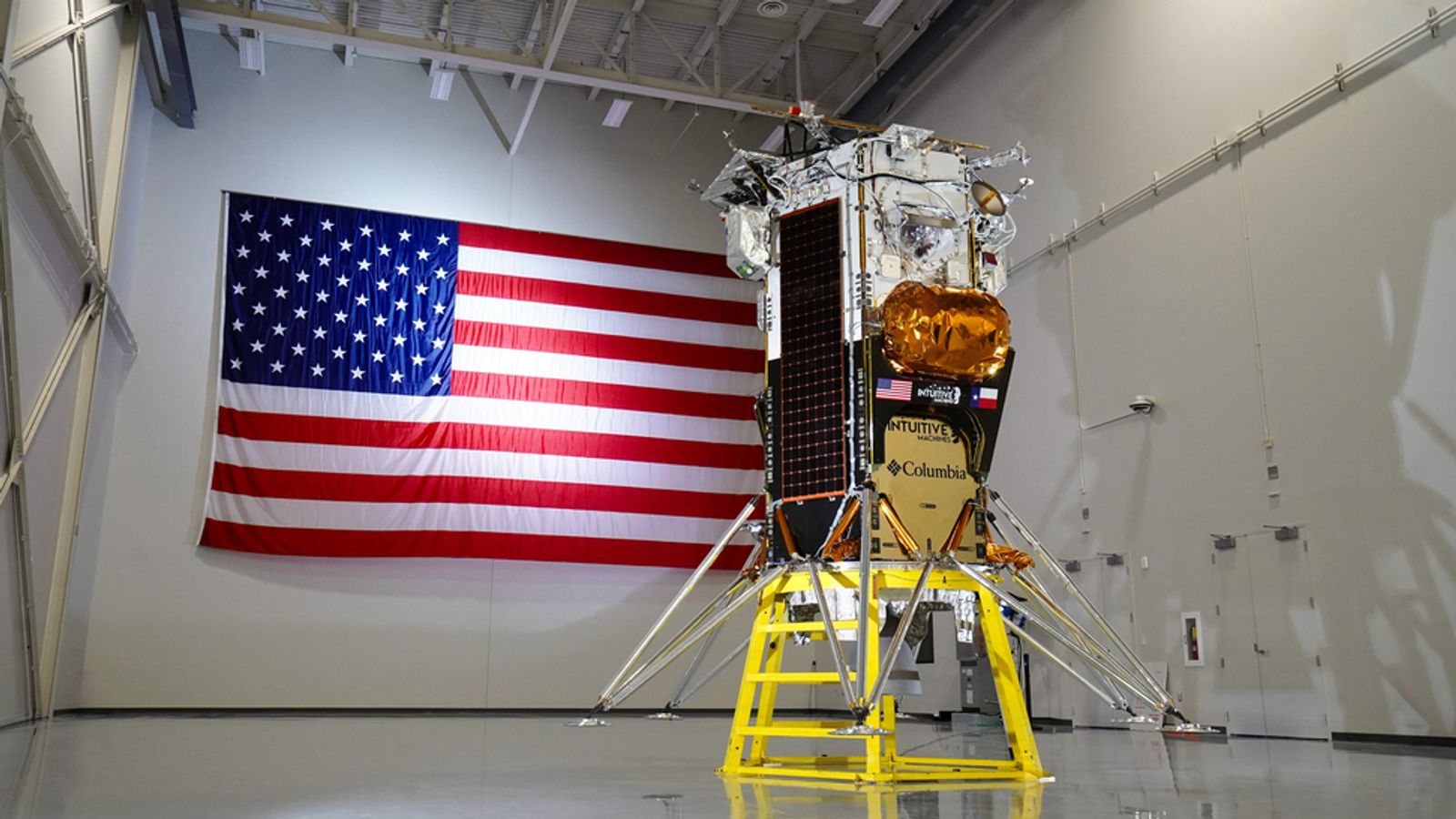For the first time, a commercial lunar probe belonging to a private American company has landed on the surface of the moon. The unmanned lunar probe Odysseus reached the surface of Earth's satellite on Thursday (local time). It's already sending radio signals back to Earth, representatives of Texas-based Intuitive Machines reported in a live broadcast.
Landing near the moon's south pole
This is the first American landing on the moon since the end of the Apollo program more than 50 years ago. However, it was initially unclear whether the probe was fully operational. Live commentators reported that it may not have landed vertically as planned. The hexagonal probe landed in a crater near the moon's south pole. According to the US space agency, it will conduct temperature and radiation measurements as well as soil examinations, among other things.
The goal is to research the conditions for future manned lunar missions. Odysseus was launched into space a week ago aboard a SpaceX launch vehicle from the US spaceport Cape Canaveral in Florida.
Check out the size of the old phone booth
The probe is approximately the size of an old British telephone box, has aluminum legs, weighs about 700 kilograms, and can carry about 130 kilograms of payload. NASA filled a large portion of it with research equipment and other materials, while commercial companies secured the rest for their projects. American artist Jeff Koons also sent 125 miniature stainless steel sculptures.
The laser system did not work
There was still one hurdle to overcome before landing: the laser system that was supposed to help Odysseus land safely wasn't working. Then scientists from NASA and Intuitive Machines spontaneously decided to use a similar NASA system on board the lander, which was actually sent for tests in space only and not for actual use during landing.
The goal of NASA's new program
The mission is part of NASA's program. The US space agency wants to gain new knowledge for its return to the moon. An important part of the new program is to outsource lunar landings to private companies, thus developing cost-effective alternatives. The total budget is scheduled to reach about $2.6 billion (equivalent to about 2.4 billion euros) by 2028.
Who is behind the intuitive machines?
The project's business partner is Kam Ghaffarian, a billionaire businessman who owns a variety of companies that include, among others, space exploration, nuclear reactors and even faster-than-light technologies.
Ghaffarian's work in the USA is often cited as a good example of collaboration between NASA and the private sector. The two sides want to use innovations in space technology and expand the scope of research to include business ideas.
Unlike Elon Musk and Jeff Bezos, 65-year-old Gaffarian is more introverted.
The competition mission had previously failed
Just last month, the American company Astrorobotic failed in a similar mission. The lunar lander had to self-destruct before reaching Earth's satellite due to a fuel leak. NASA subsidizes lunar missions by private companies for later use in cargo flights. With their help, it wants to prepare the Moon as a stopover for future manned missions to Mars. So far, only the United States, the Soviet Union, China, India, and Japan have succeeded in landing on the moon. No private company has ever achieved this.
Video: The first landing on the moon by a private company

“Alcohol buff. Troublemaker. Introvert. Student. Social media lover. Web ninja. Bacon fan. Reader.”







More Stories
Pun: What is the funniest brand name in the UK?
frap | An American company buys the Crans Montana ski resort
“A ban would destroy seven million businesses” » Leadersnet